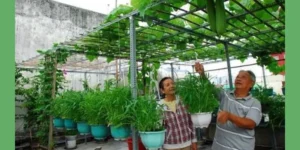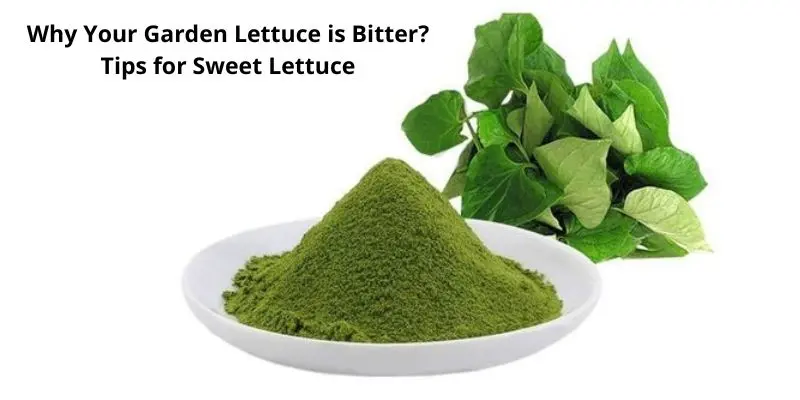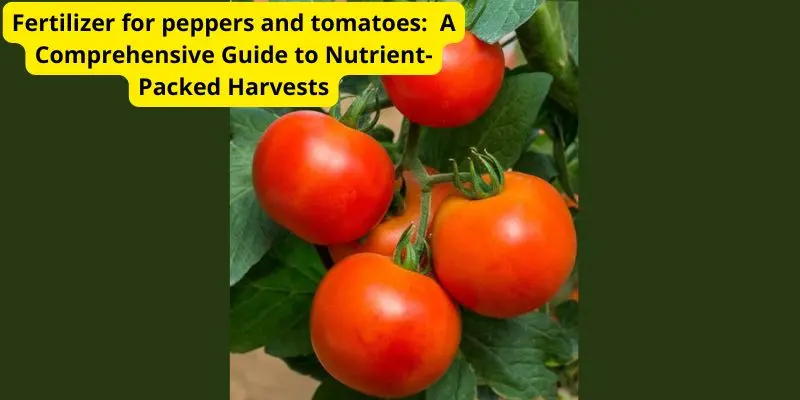Mississippi’s warm climate offers a fantastic opportunity for home gardeners to cultivate a variety of delicious vegetables. This guide provides essential information to help you plan, plant, and care for your garden, ensuring a bountiful harvest throughout the year.
Discover the best planting times, suitable crops, and expert tips to maximize your gardening success in the Magnolia State.
Best Times to Plant in Mississippi

Mississippi boasts a growing season that allows for a diverse range of crops. However, timing is crucial for successful gardening.
Spring Planting Schedule
- March-April: Plant cool-season crops like lettuce, spinach, radishes, and peas.
- April-May: Transition to warm-season crops such as tomatoes, peppers, squash, and cucumbers.
- Consider frost dates: Protect tender seedlings from late frosts.
Summer Planting Schedule
- May-June: Plant heat-tolerant crops like okra, corn, and southern peas.
- Succession planting: Extend the harvest by planting crops in intervals.
- Water management: Ensure adequate watering during hot summer months.
Fall Planting Schedule
- September-October: Plant cool-season crops again for a second harvest.
- Cover crops: Consider planting cover crops like rye or clover to improve soil health.
- Frost protection: Protect tender plants from early fall frosts.
Considerations for Different Regions of Mississippi
- North Mississippi: Slightly cooler temperatures allow for extended growing seasons.
- South Mississippi: Warmer climate enables year-round gardening with proper planning.
- Coastal areas: Be aware of hurricane season and potential storm damage.
By understanding these planting windows and tailoring your garden to your specific region, you can maximize your harvest in Mississippi.
Essential Vegetables for Mississippi Gardens
Mississippi’s diverse climate allows for a wide variety of vegetables to thrive. Here are some popular choices for different seasons:
Spring
- Cool-weather crops: Lettuce, spinach, radishes, carrots, and peas excel in the cooler spring temperatures.
- Warm-weather crops: Start planting tomatoes, peppers, and eggplants as the weather warms.
Summer
- Heat-tolerant vegetables: Okra, corn, squash, cucumbers, and beans thrive in the summer heat.
- Leafy greens: Some heat-tolerant varieties like collards and mustard greens can be successfully grown.
Fall
- Cool-weather crops: Replant lettuce, spinach, and other cool-season vegetables for a second harvest.
- Root vegetables: Carrots, turnips, and beets can be planted for fall harvest.
Additional Considerations
- Southern peas: A staple in Mississippi gardens, offering both green and dried peas.
- Sweet potatoes: A warm-season crop known for its versatility and nutritional value.
- Herbs: Basil, oregano, thyme, and cilantro complement many dishes.
Soil Preparation and Care
Mississippi soils can vary widely, but proper preparation is essential for successful vegetable gardening.
Importance of Soil Testing
- Understanding your soil’s pH, nutrient content, and texture.
- Making informed decisions about amendments and fertilizers.
- Preventing nutrient imbalances and soil problems.
Improving Soil Fertility and Structure
- Adding organic matter like compost or manure to enhance soil quality.
- Incorporating cover crops to increase organic matter and improve soil structure.
- Using balanced fertilizers to provide essential nutrients.
Preventing Soil Erosion and Compaction
- Mulching to protect soil from erosion and retain moisture.
- Avoiding excessive tillage to prevent soil compaction.
- Planting cover crops during off-seasons to protect the soil.
Mulching Benefits
- Conserving soil moisture
- Suppressing weeds
- Regulating soil temperature
- Improving soil structure
By investing time and effort in soil preparation and care, you’ll create a foundation for healthy and productive vegetable plants.
Planting Techniques and Care
Successful vegetable gardening starts with proper planting and consistent care.
Seed Starting Indoors vs. Direct Sowing
- Seed starting: For early harvests or tender crops, start seeds indoors several weeks before the last frost.
- Direct sowing: Plant seeds directly into the garden soil after the last frost for some vegetables.
- Consider crop requirements: Some vegetables perform better when started indoors, while others can be directly sown.
Transplanting Seedlings
- Harden off seedlings: Gradually expose them to outdoor conditions before transplanting.
- Proper spacing: Plant seedlings at the recommended distances for optimal growth.
- Care after transplanting: Provide adequate water, shade, and support if needed.
Spacing and Thinning
- Follow seed packet instructions: Proper spacing ensures healthy plant growth.
- Thinning seedlings: Remove weaker plants to give remaining plants room to develop.
Watering, Fertilizing, and Weed Control
- Regular watering: Provide consistent moisture, especially during hot weather.
- Fertilizing: Follow recommended fertilizer schedules based on plant needs.
- Weed control: Regularly remove weeds to prevent competition for nutrients and water.
Common Pests and Diseases in Mississippi Gardens
- Identify common pests: Aphids, tomato hornworms, and squash bugs are common.
- Preventive measures: Rotate crops, practice good sanitation, and use organic pest control methods.
- Monitor plants regularly: Early detection of problems can help prevent significant damage.
By following these guidelines, you can increase your chances of a bountiful harvest in your Mississippi garden.
Harvesting and Storage
Proper harvesting and storage are essential for enjoying the fruits of your labor.
Signs of Ripeness for Different Vegetables
- Visual cues: Color, size, and texture indicate ripeness.
- Taste testing: The best way to determine ripeness is often by sampling.
- Timing is crucial: Harvesting at the right time ensures optimal flavor and quality.
Proper Harvesting Techniques
- Use sharp tools: Prevent damage to plants and fruits.
- Handle produce carefully: Avoid bruising or damaging the harvest.
- Consider storage: Harvest with storage in mind, such as leaving stems on herbs.
Storage Methods to Extend Freshness
- Refrigeration: Suitable for most leafy greens, herbs, and some vegetables.
- Root cellars or cool, dark places: Ideal for storing root vegetables like carrots and potatoes.
- Canning or freezing: Preserve excess produce for later consumption.
By following these guidelines, you can enjoy your homegrown vegetables for as long as possible.
Conclusion
Growing your own vegetables in Mississippi is a rewarding experience that offers fresh, flavorful produce and a deeper connection to nature.
By understanding your region’s climate, selecting the right crops, and following proper planting and care techniques, you can enjoy a bountiful harvest year-round. Experiment with different varieties, and don’t be afraid to learn from your experiences. Happy gardening!




